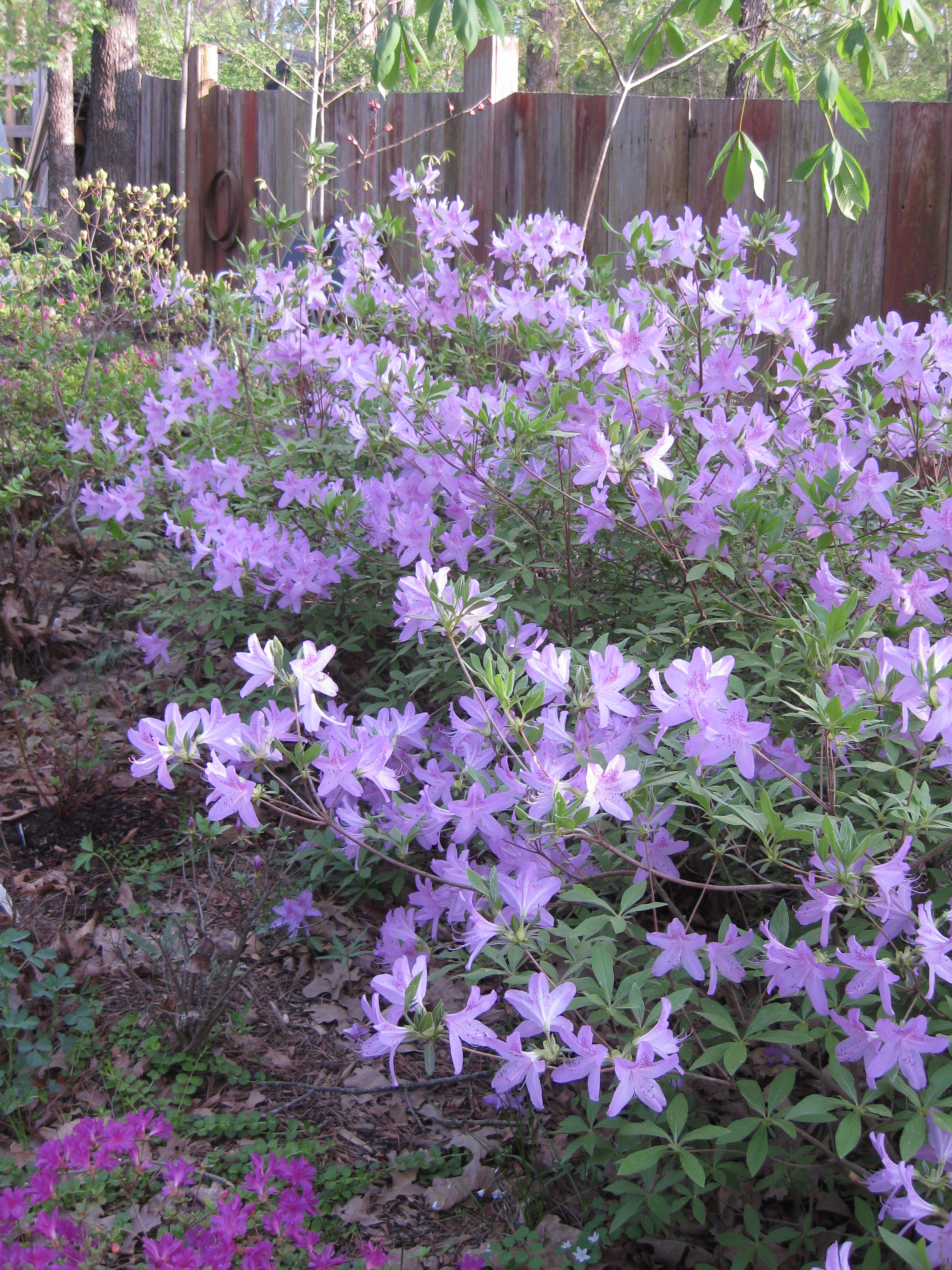Resource Library
Plant of the Week: Azalea blooms after the big freeze
I hear people say they don’t like azaleas because they only bloom two weeks a year. Though true, I get almost as much enjoyment anticipating the blooming season as experiencing it. But this year the azalea display in my garden was a bust. Big time bust. The great Valentine’s massacre that saw record low temperatures across the middle part of the United States and caused so much misery for people in Texas was the cause. Here in Fayetteville we hit a record low of 20 degrees below zero.
Freeze damage can cause problems with azaleas in several ways. The most common is to have an early spring — the plants start to revive too soon, and get zapped by a hard freeze after the sap has risen in the stem. This is ugly and can kill plants, but that was not the problem with the Valentine’s freeze.
This year we had an atypically warm January, but not outlandishly so. Azalea flower buds develop in the late summer and early fall the year before they bloom. Before these blooms can open, they must clock sufficient chilling hours to break dormancy. By early February of this year the dormancy requirements of most azalea blooms had been satisfied and they were in the early stages of coming out of hibernation.
Then the big freeze struck. Flower buds are the most freeze-sensitive tissue in a still-dormant azalea, so I was not especially surprised that my early season azaleas did not bloom. Being the first to bloom, I assumed their buds were less dormant and thus more susceptible to freeze injury. But, hope springs eternal and I expected a better show from the midseason and late season cultivars. Not so. A few plants produced a scattering of flowers down near the ground where a bit of snow had accumulated and provided some insulation, but most are a complete bust.
As I look at the half dozen azalea clones that are blooming, I find a common parent lurking somewhere in the pedigree of all of them. The link is Rhododendron yedoense var. poukhanense, the Korean Azalea.
Joseph Gable was a Pennsylvania nurseryman and azalea breeder who pioneered the introduction winter hardy evergreen azaleas 80 years ago. He used the Korean azalea in many of his most cold hardy selections. Rosebud, one of my favorite late-season azaleas, was introduced in 1946. It’s a cross between two of Gable’s earlier releases, both of which had the Korean parent in their pedigree. Elsie Lee, considered one of the most cold hardy evergreen azaleas, shares the Korean azalea line.
Pleasant White and Delaware Valley White, two large flowered white selections, have uncertain parentage but I can’t help wonder if maybe they have the white form of the Korean azalea lurking somewhere in their linage.
One of my biggest surprises this spring was finding one of the Encore azaleas, a notoriously winter-tender group of azaleas, in full bloom in my neighbor’s front yard. The variety is Autumn Amethyst, one of the original five introductions that were bred in the late 1980s. Checking its pedigree, sure enough: It has Korean azalea as a parent.
My Kurume azaleas that hail from the mountains of southern Japan didn’t fare well during the freeze. Even old stalwarts such as Coral Bells and Henodegeri produced only a few scattered blooms. As far as I can tell, all of the plants that had their flower buds freeze are healthy and will provide even more blooms next season. That’s where the anticipation part comes in when you grow azaleas.
For more information about horticulture or to see other Plant of the Week columns, visit Extension’s Website, www.uaex.uada.edu, or contact your county extension agent. The Cooperative Extension Service is part of the U of A Division of Agriculture.
